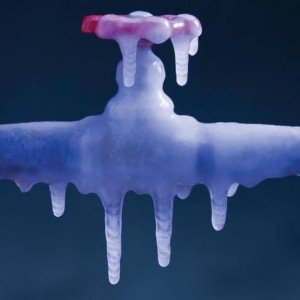When the temperature drops, pipes are at risk of freezing and bursting. You can take steps to mitigate the risk for bursting pipes. Some things you can do:
Install Pipe Insulation. Insulate pipes found in your home’s crawl spaces and attic. Exposed pipes are most susceptible to freezing.
Wrap pipes. Pipes can be wrapped in heat tape or thermostatically controlled heat cables. Use only products approved by an independent testing organization, such as Underwriters Laboratories Inc., and only for the intended use (exterior or interior). Make sure to follow all manufacturers’ installation and operation instructions.
Seal leaks. Look for air leaks that allow cold in especially around electrical wiring, dryer vents, and pipes. Caulk or insulation can be used to keep the cold out.
Protect outdoor hoses, valves, and faucets. Garden hoses should be disconnected before winter hits. Some homes have an indoor valve for shutting off and draining the water from pipes leading to outside faucets.
Allow water to drip. Even a trickle of hot and cold water might be all it takes to prevent pipes from freezing.
Check your thermostat. Adjusting your thermostat to around the same temperature during both day and night can reduce the risk of frozen pipes. Additionally, during extreme cold, this is more energy efficient so your furnace does not have to work as hard.
Leave cabinet doors open. Open cabinet doors allow heat to get to un-insulated pipes under sinks and appliances. This is especially important for pipes near exterior walls.

